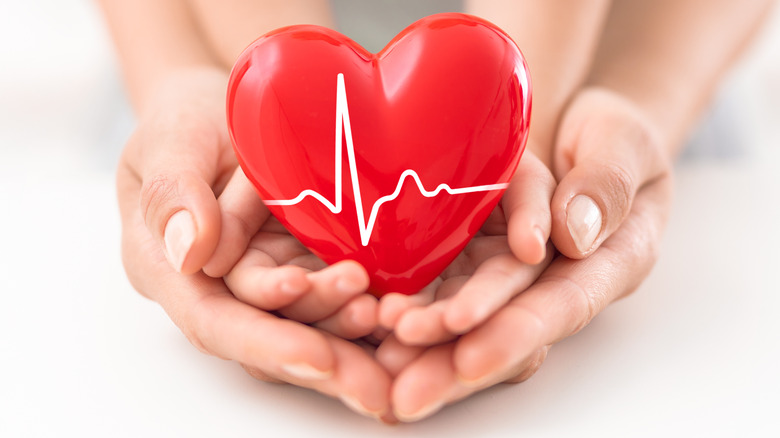What Is The Leading Cause Of Death In The United States?
Contemplating death can be difficult, as it is a concept rife with loss and pain. However, it is also an inevitable part of the human experience, both in terms of our own deaths and the deaths of others. As morbid as it sounds, knowing the most common way people die can offer insight into the harsh topic, making it seem a little more manageable.
In the U.S., the leading cause of death is heart disease. The Centers for Disease Control and Prevention estimates that every year, roughly 659,041 Americans succumb to the condition. A close second is all combined cancer deaths, totaling 599,601. Accidents and unintentional injuries come in third place with an average of 173,040 deaths per year.
Accidents — particularly car accidents — have become a part of everyday life. To many, "cancer" is one of the most frightening words in the English language. Perhaps people don't seem as worried about heart disease because it is so prevalent. As the CDC explains, coronary heart disease is the most common form of the condition, and many people have the power to avoid it entirely.
Preventing heart disease
The American Heart Association (AHA) lists several ways that people can avoid heart issues. Some of the suggestions, like wellness checks and stress management, may not be easy for everyone. Other options, like giving up cigarettes and avoiding secondhand smoke as much as possible, are a little easier to manage for some. However, the two most important suggestions from the AHA are to avoid a diet high in sodium, trans fats, and saturated fat while maintaining a relatively active lifestyle.
The AHA also suggests learning the warning signs of heart disease, as early detection can improve a person's chances of recovery. Many symptoms occur in both men and women alike, such as pain, numbness, weakness, or coldness in the extremities. Other signs include pain in the neck, jaw, throat, back, and upper abdominal area, according to the Mayo Clinic.
Other symptoms tend to vary from men to women. Men, for example, are more likely to experience chest pain, which is referred to as angina. Women tend to feel discomfort or pressure in their chest instead. Women are also more likely to feel shortness of breath, fatigue, or nausea. Doctors aren't sure why the symptoms are different, but looking out for them may allow for intervention before a person's condition becomes dire.

